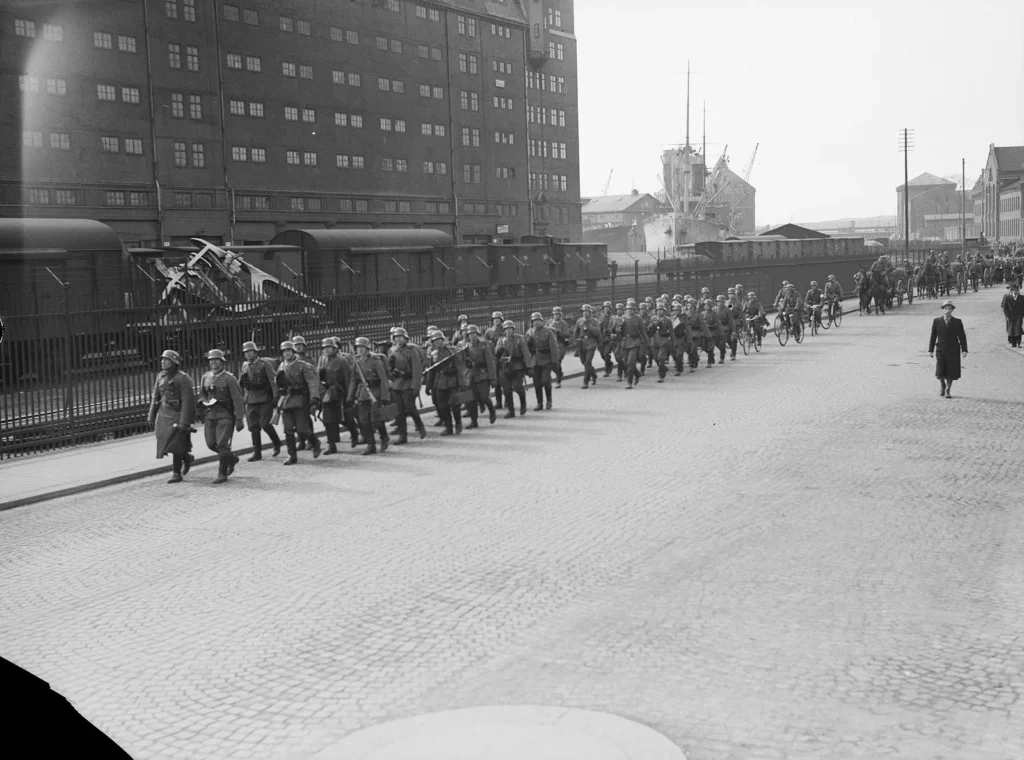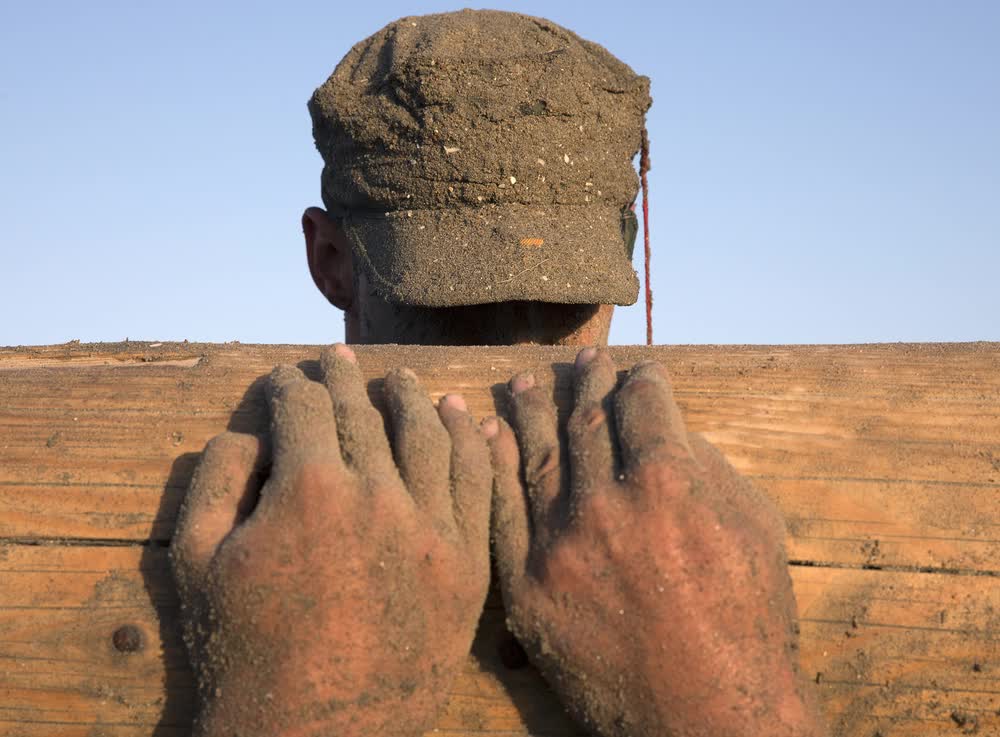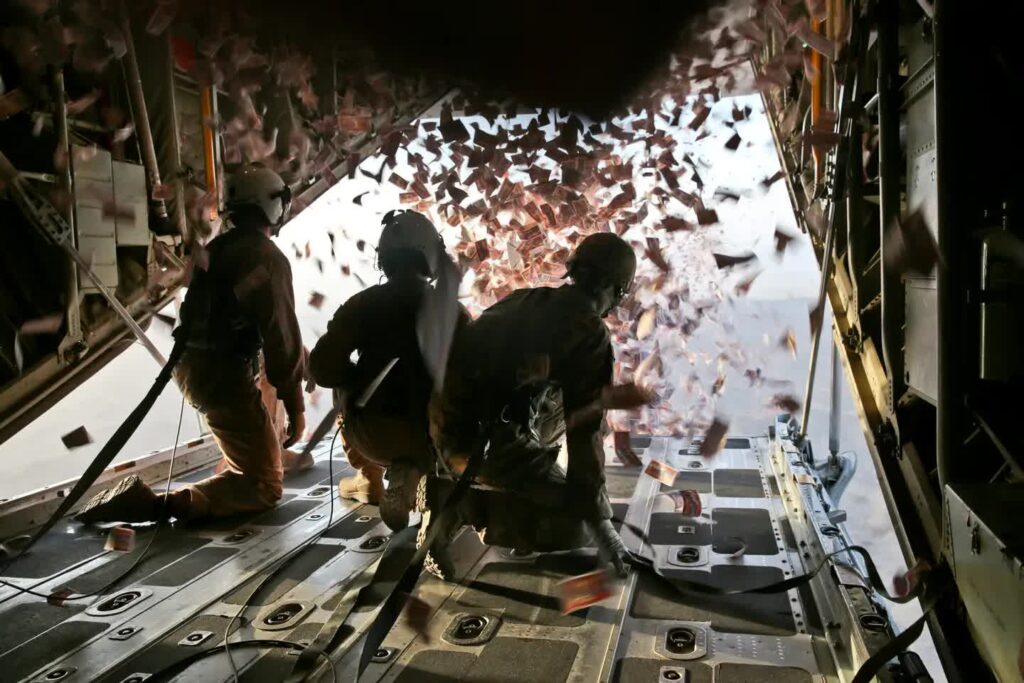The Office of Strategic Services (OSS), the forerunner to both the CIA and the U.S. Army Special Forces, conducted some of World War II’s most dangerous missions. William Colby, an OSS operator who later would join the CIA and ultimately become its director, was tasked with one such mission.
After the Soviets overrun Finland in late 1944, the Germans moved their remaining 150,000 troops into Norway. From there, they started shuttling them back into Germany via railway.
In early 1945, Colby was tasked to lead Operation Rype, the mission to enter Norway and blow up the Grana Bridge of the Nordland railway to stop the Germans’ movements. The Norwegian Special Operations Group, which was part of the OSS, would also participate. Colby had 35 men assigned to him to conduct the mission.
Only 3 of the 8 OSS planes make their drop on target
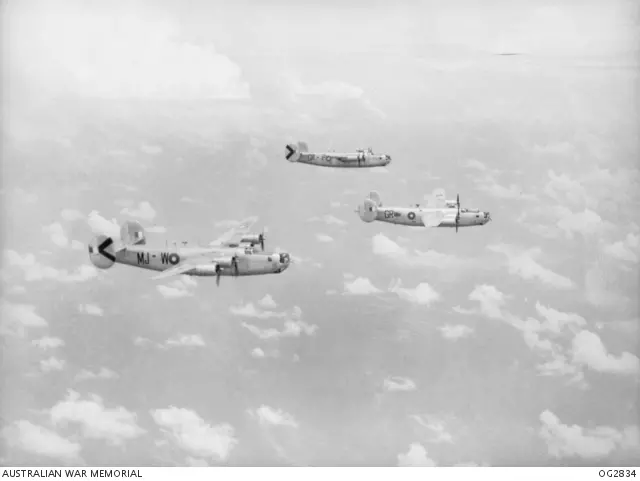
Colby’s men and their equipment were split up in eight B-24 Liberator heavy bombers. Things quickly turned awry as of the eight aircraft taking off from Scotland, only three made the drop on target, with one aircraft making its airdrop in Sweden.
Dropped troops and equipment were spread over a 36-square-mile area with some of the equipment bundles landing several kilometers into the surrounding woods.
Colby reported that “many packages had no static cords attached and plummeted to Earth without chutes, burying themselves in the snow.”
Colby only had 20 OSS men, plus four Norwegian underground operatives who met them at the drop zones. They gathered the airdropped equipment and waited for more men to be dropped. Although more planes tried to reinforce them in the following days, those efforts ended tragically in failure with planes crashing or missing their mark due to the weather.
Related: Watch this rare combat footage of B-17 bombers raiding Germany
The Germans were sending more troops over the railway bridge every day, so Colby sized up the situation and made the decision to scrap his original plan and adapt it to the men that he had on hand. His notebook entry was the stuff of legend.
“Our plan was lifted bodily from the history of the West. We would seize a train, board it, throw her into reverse and blow up every tunnel and bridge we could until ammunition had run out, then drive the train into a ditch.”
“We hoped to succeed by sheer bravado. Farnsworth, [our] demolition expert, was in seventh heaven. The others smiled again – this was the kind of direct American action they’d heard about, read about, knew went on all the time.”
Trekking 72 miles through the snow with Germans hot on their heels
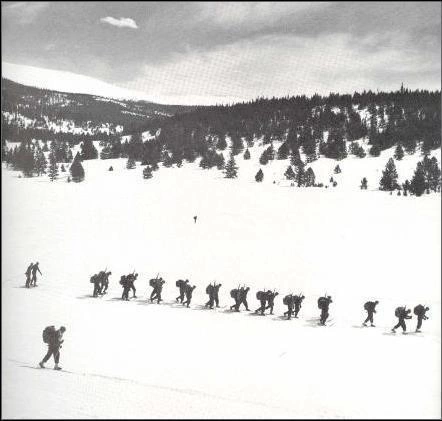
William Colby’s group set out on cross-country skis skiing 40 miles in two days despite the bad weather. They finally arrived at the peaks overlooking the railroad bridge which was located over a lake.
After the long trek, the OSS men waited for the train while another group of five men went north, cutting phone and telegraph wires and smashing telephones.
Colby was forced to alter his plan once again after learning that the train had already passed that day, so he decided that the best course of action was to destroy the bridge immediately. Under the supervision of his demolition expert, the men set enough charges under the long, I-girder bridge to blow up a bridge four times the size.
The blast was so enormous that the ice-covered lake leaped into the air and cracked as it settled down again. Their mission was accomplished and the railway transporting the troops back into Germany had been cut.
To return to their base, Colby’s men had to undertake another 30-mile ski trip while being pursued by German ground troops and spotter aircraft.
Related: Letters to Loretta: Scavenging for food along the Nazi march
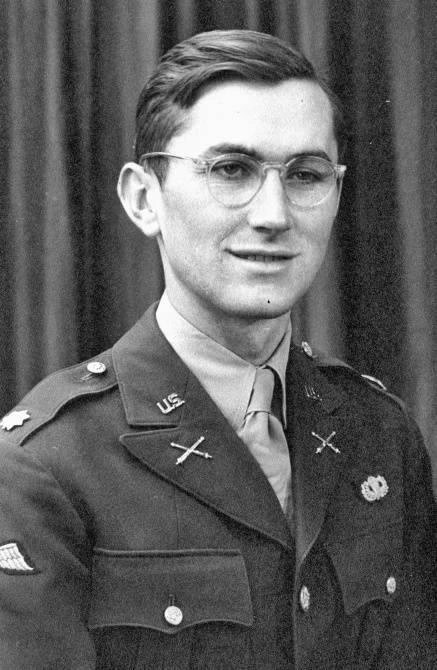
When they arrived at their base, a 50-man German patrol was still right behind them, so Colby had his men aim for the Swedish border that was another 40 miles away. With the Germans following behind and getting directions from spotter aircraft, the OSS men skied and hiked an additional 40 miles in just 56 hours.
To keep them going, the men took Benzedrine, a pharmaceutical amphetamine issued for just such an emergency. After being on the move for 72 hours in total, the men finally reached the Swedish border.
After the war, Colby would leave the service and work for William “Wild Bill” Donovan, the head of OSS, and his law firm but when the CIA was formed in 1947, he joined and worked his way up the ranks. During the war in Vietnam, Colby would run the infamous Phoenix Program.
William Colby never forgot his roots: when he headed up the CIA, he would still cut his own grass and wear his old OSS field cap.
Feature Image: German soldiers, in Oslo, Norway in 1940, during the first year of the German occupation of Norway in World War II. (Photo by Henriksen and Steen/National Library of Norway)
Read more from Sandboxx News
- Letters to Loretta: A series into the power of humanity to persevere during war
- The Nazi plan to exterminate Odessa’s Jews in WWII
- Zero: Did Japan have the best fighter plane of World War II?
- Thes weapons were used by both sides of World War II
- This Nazi night pistol might have been the first light-fitted pistol
